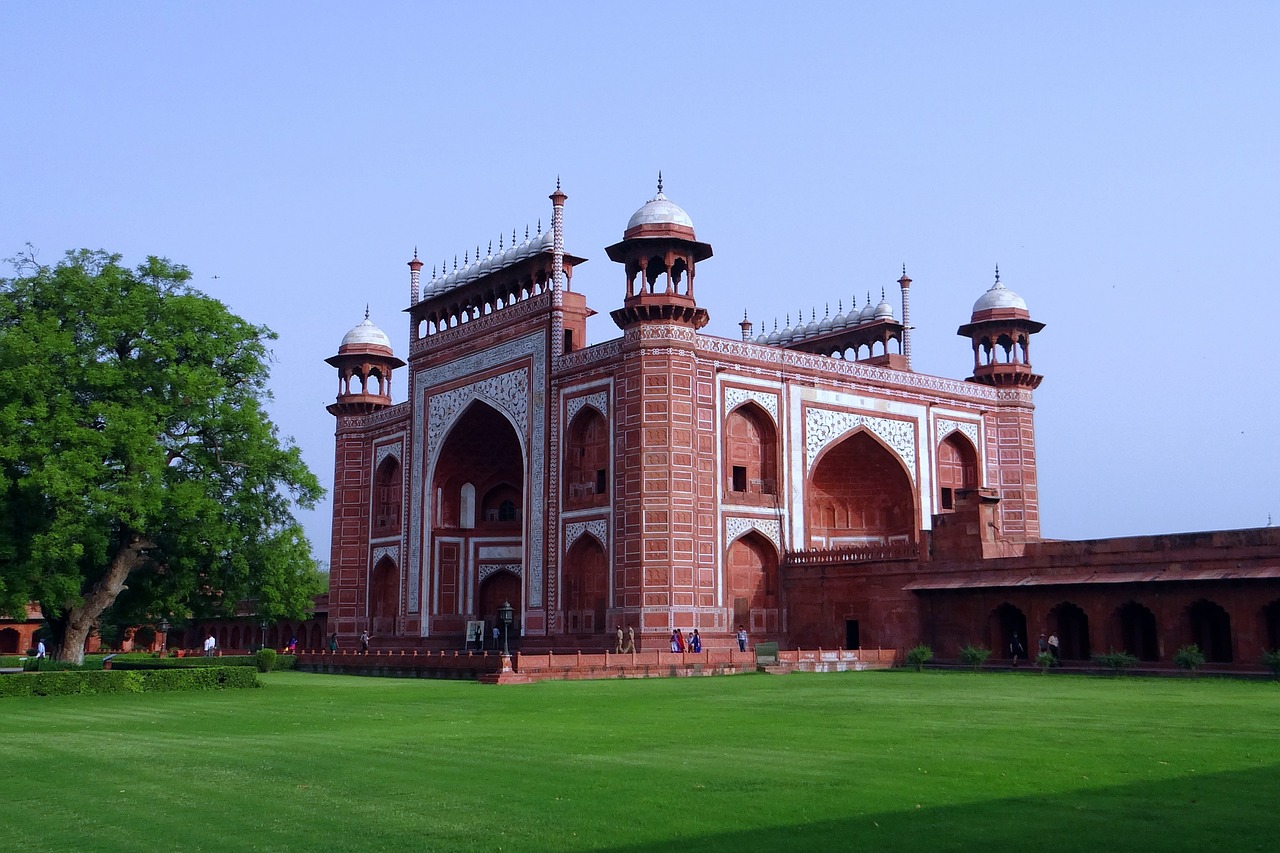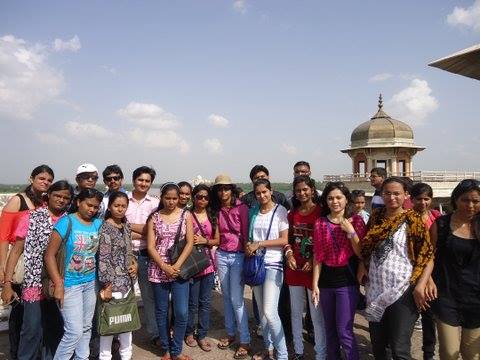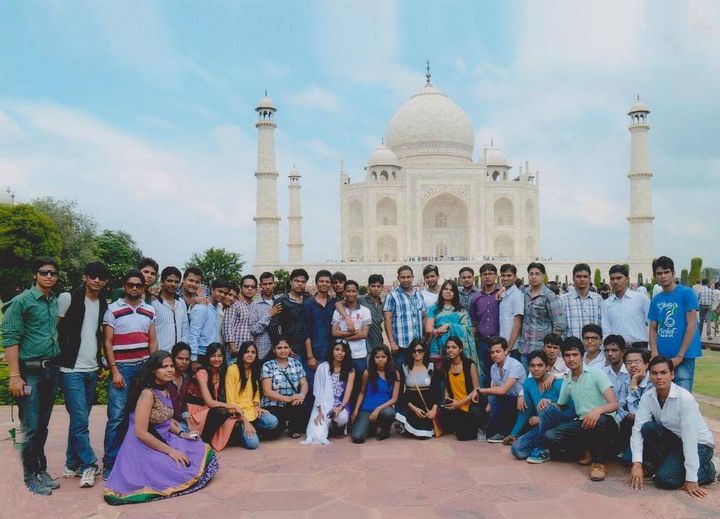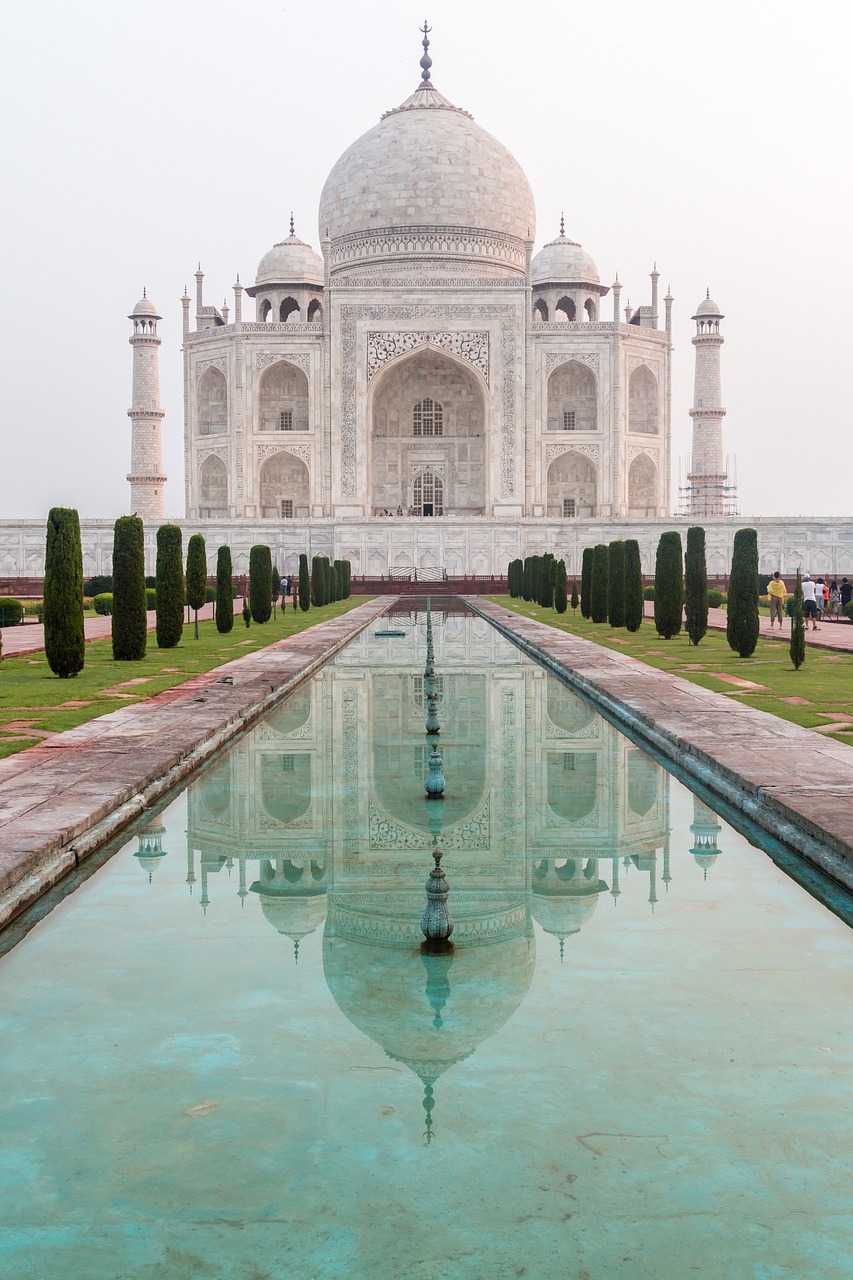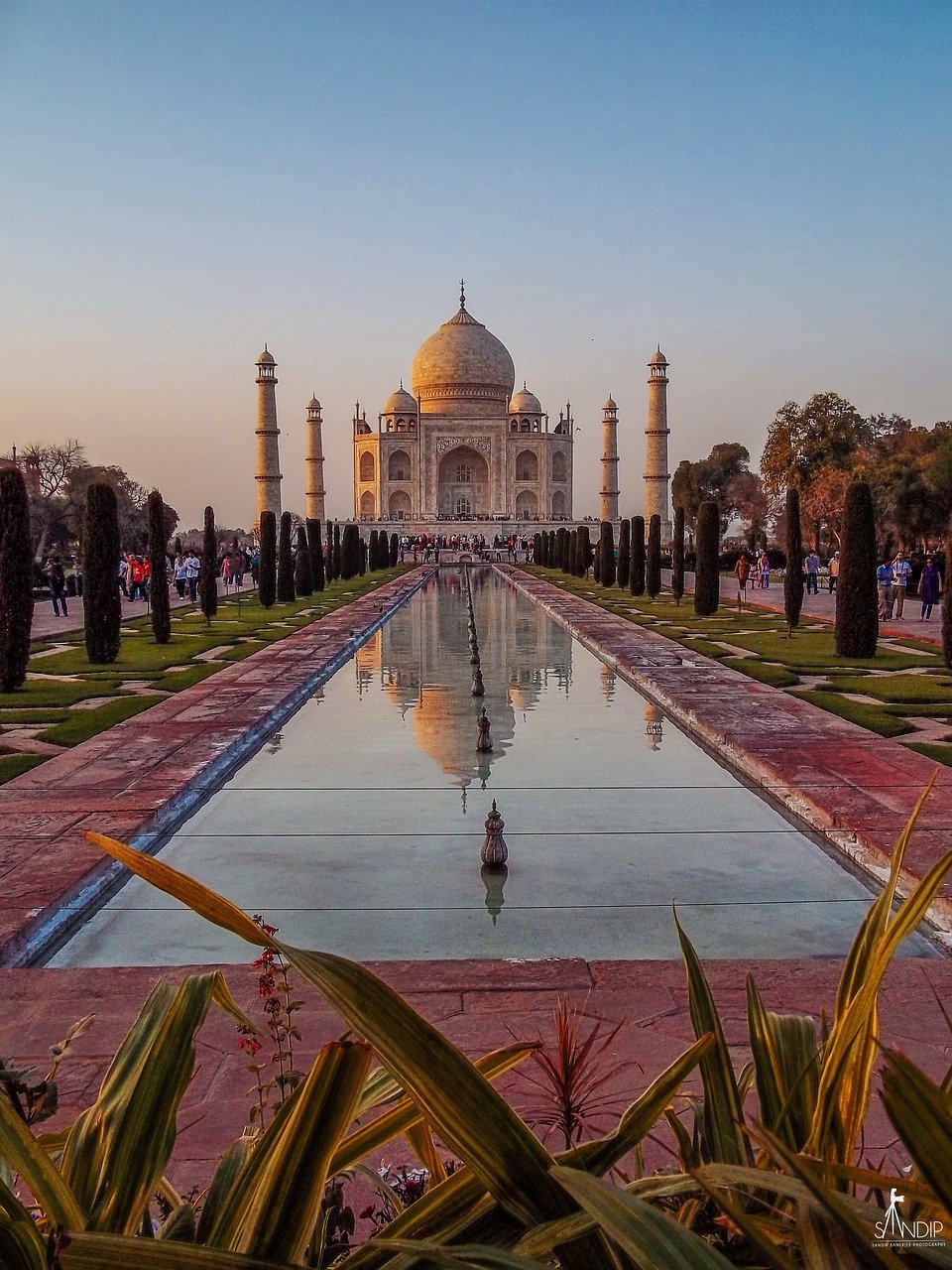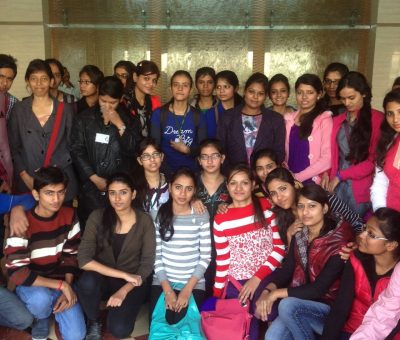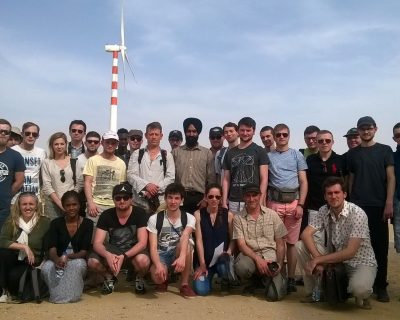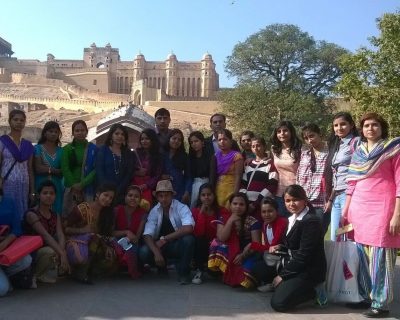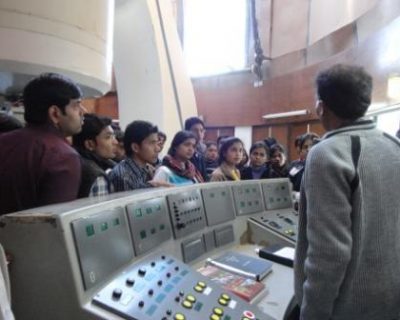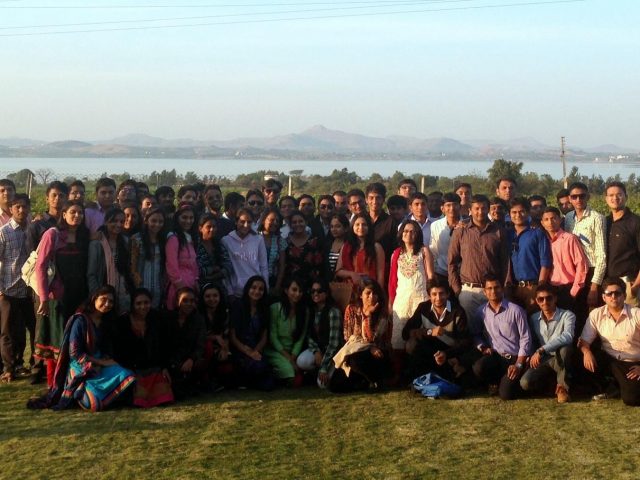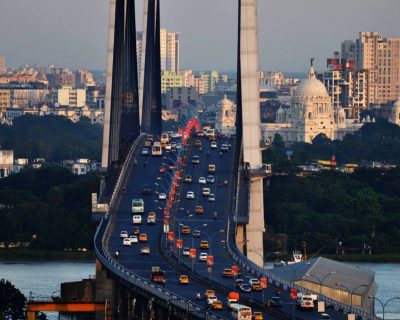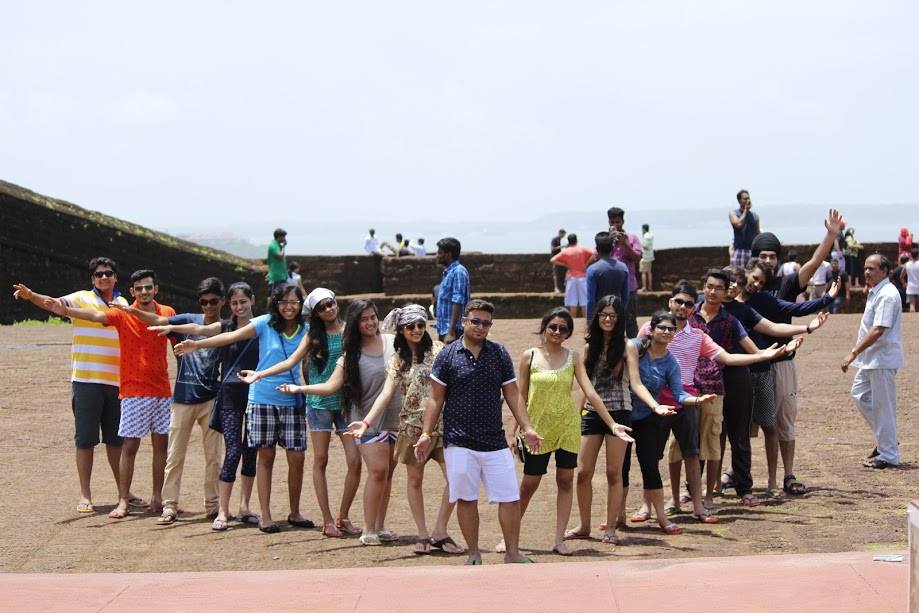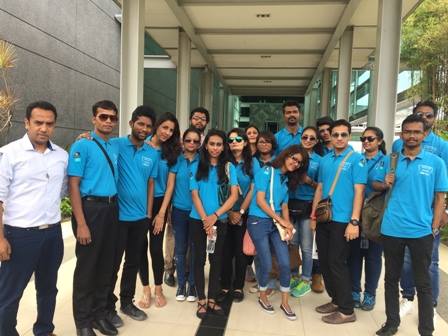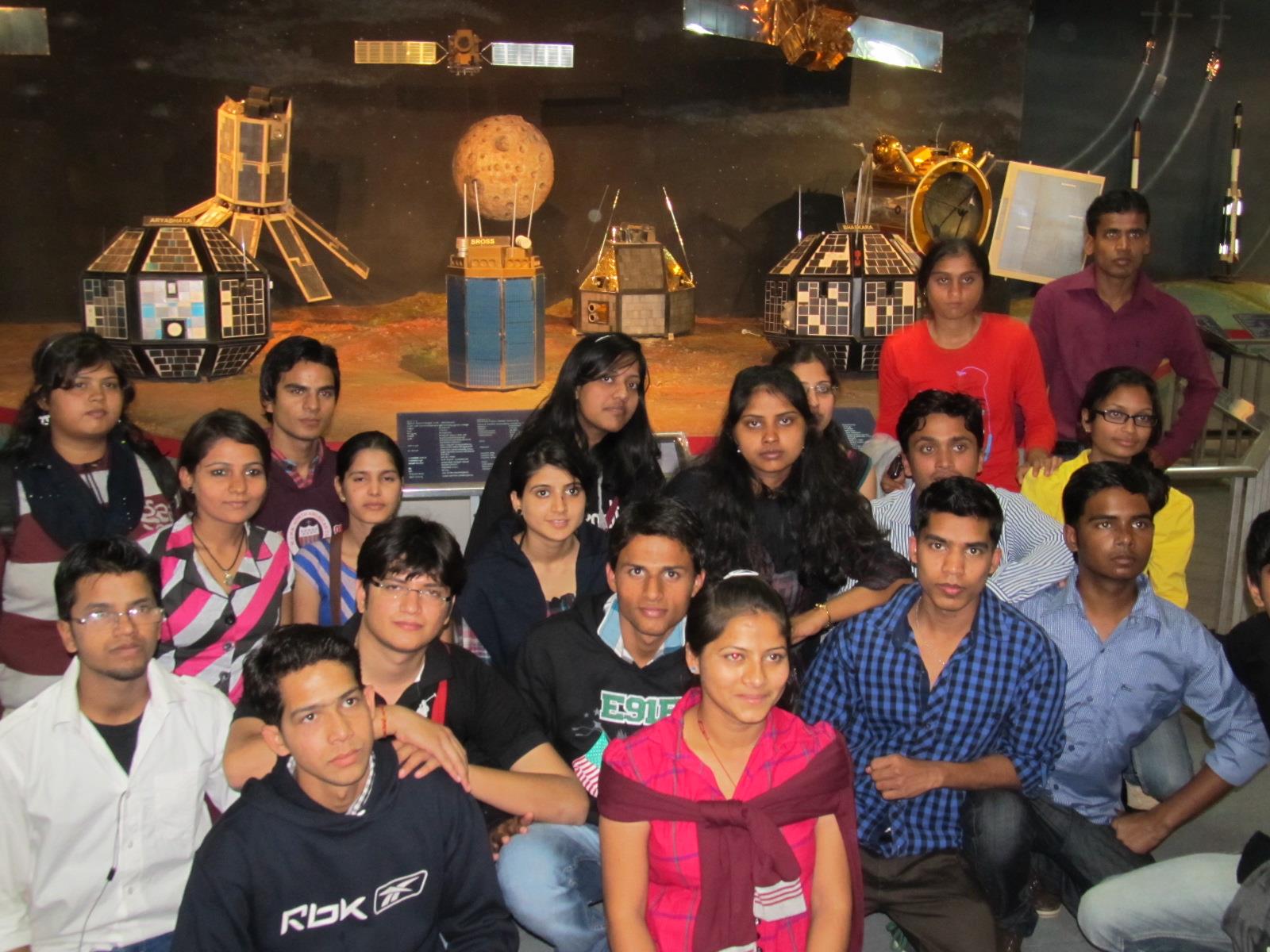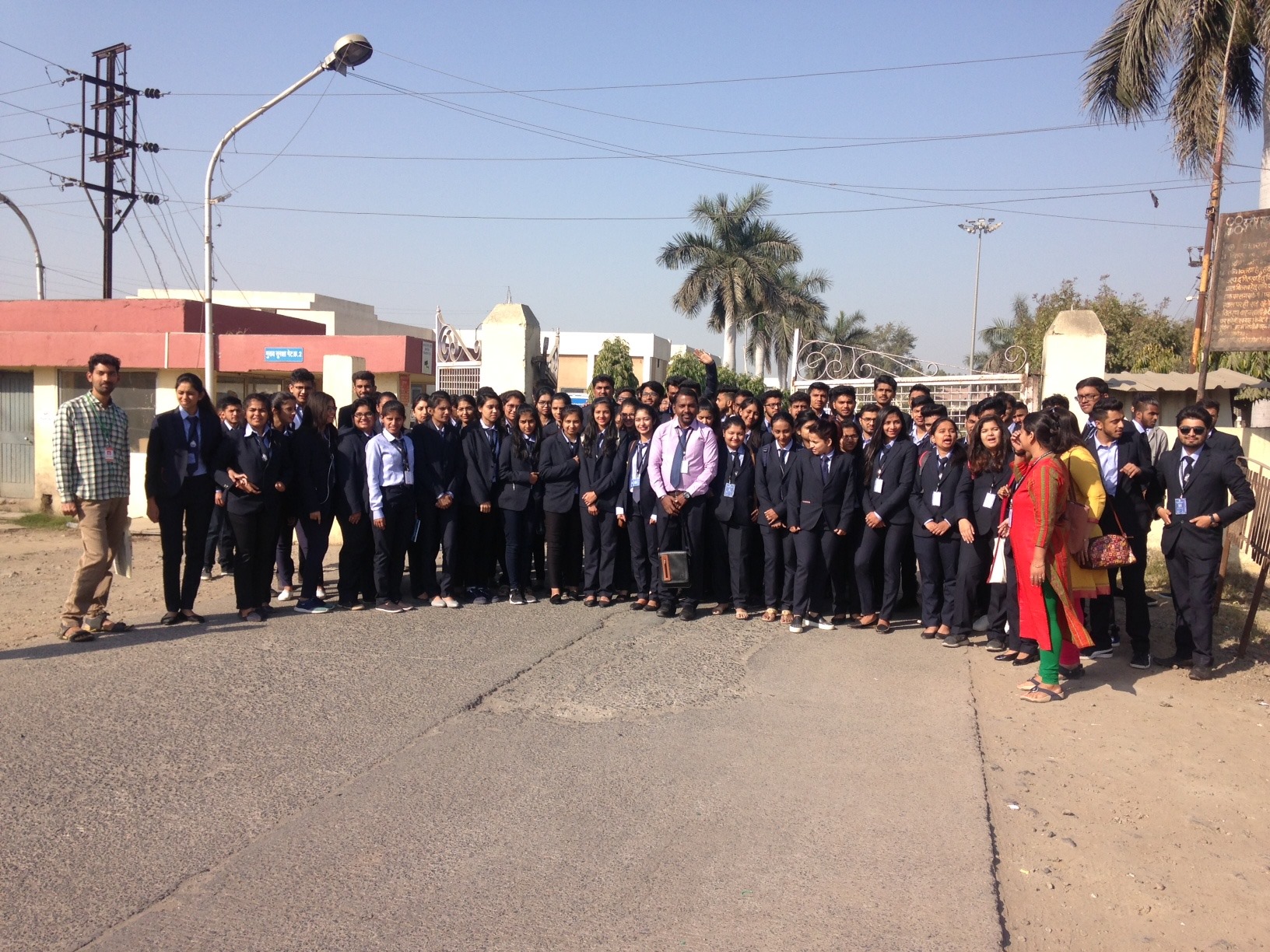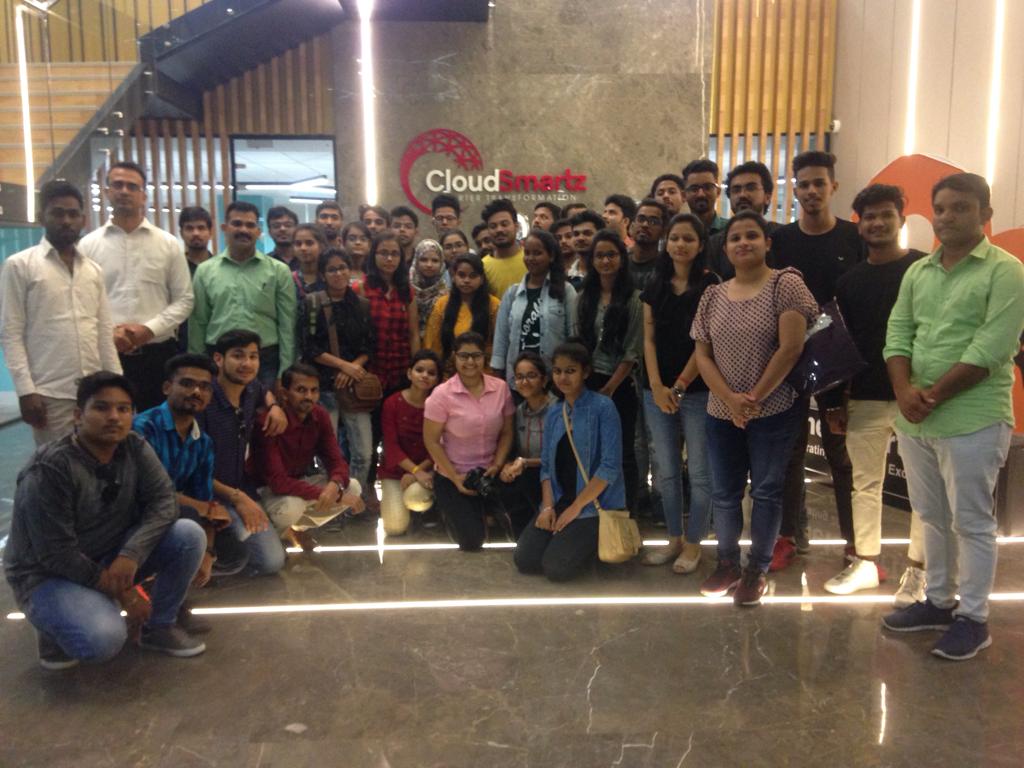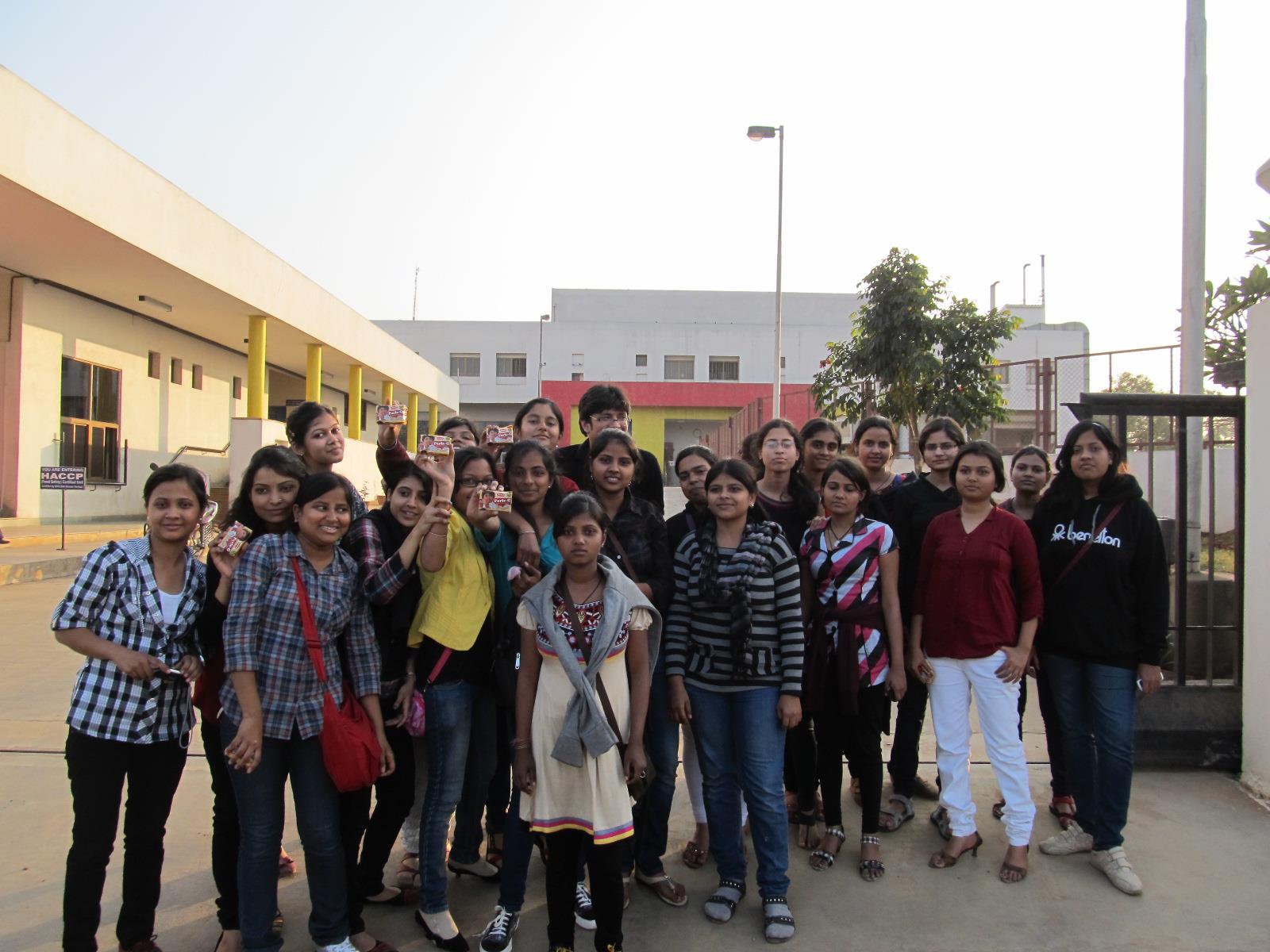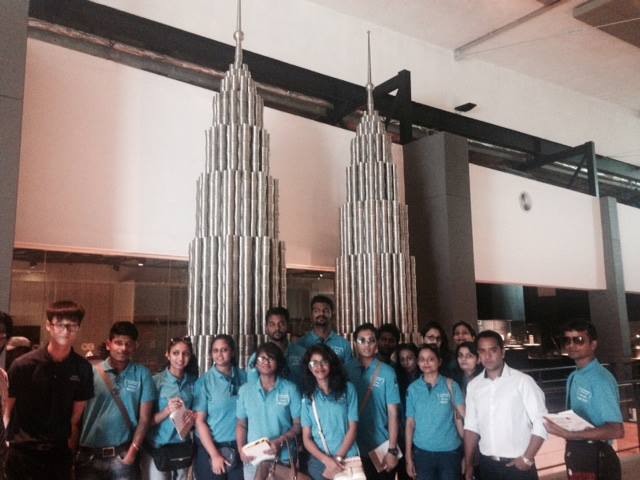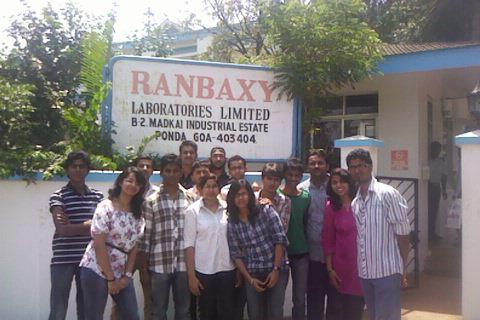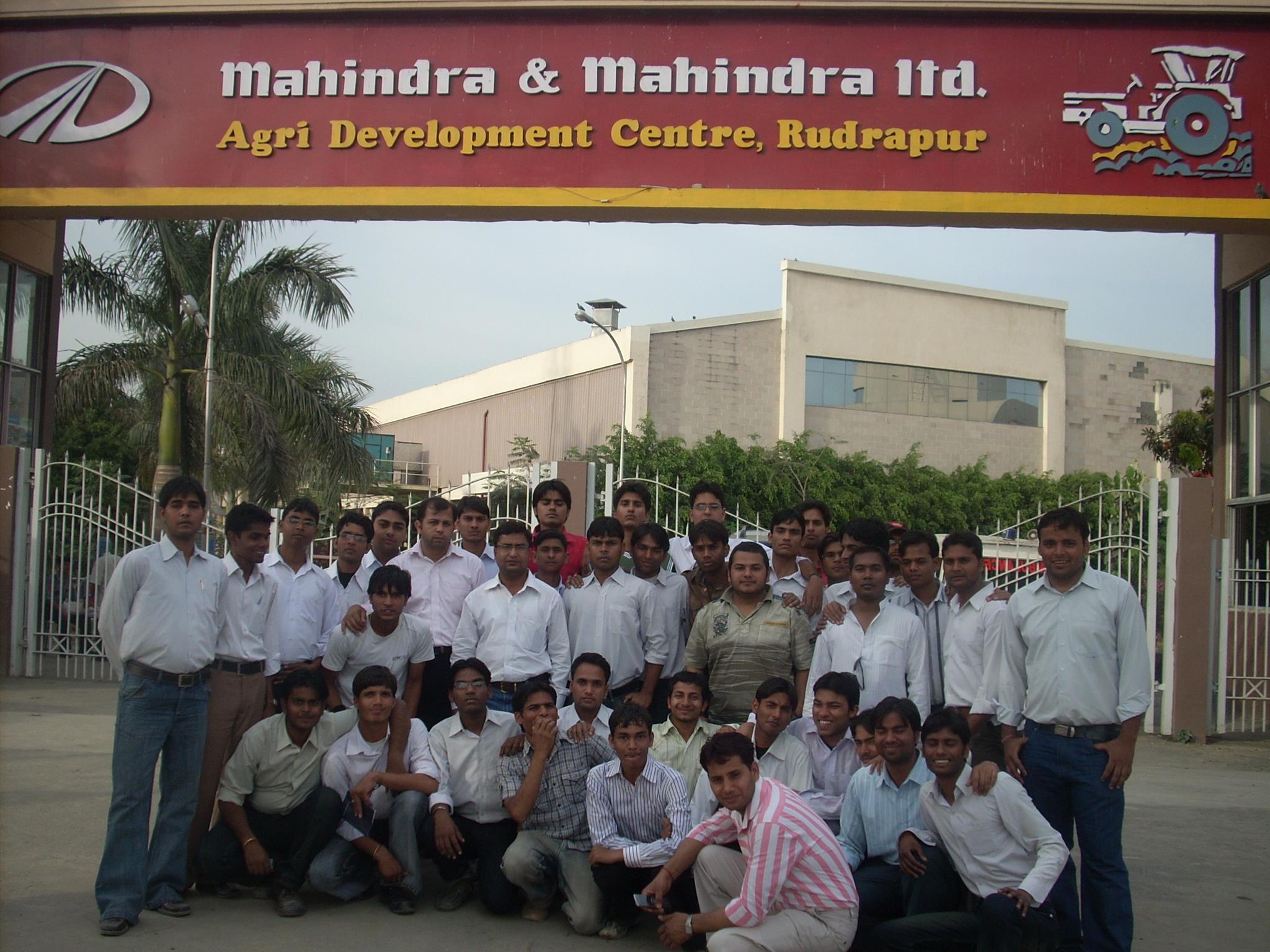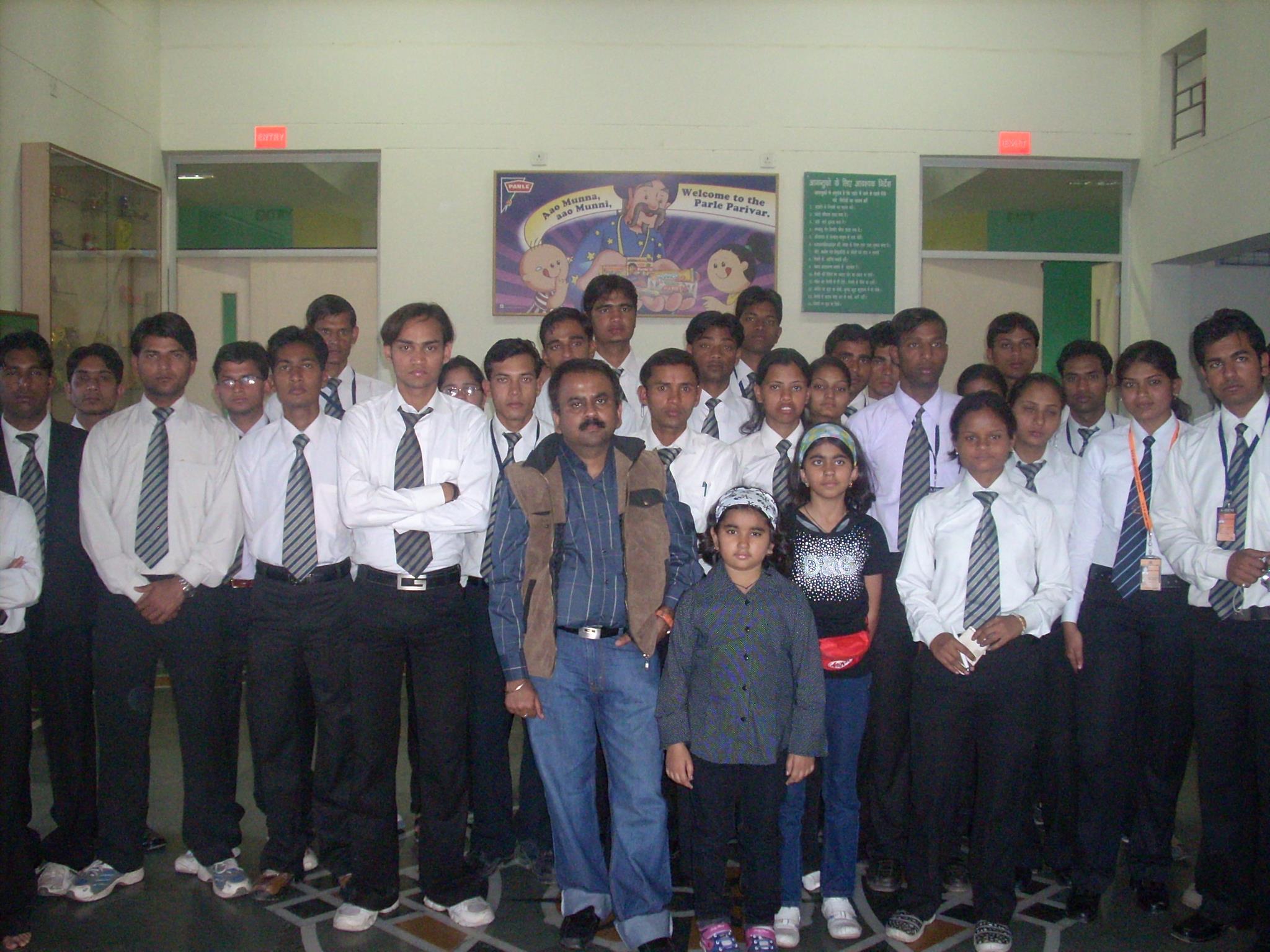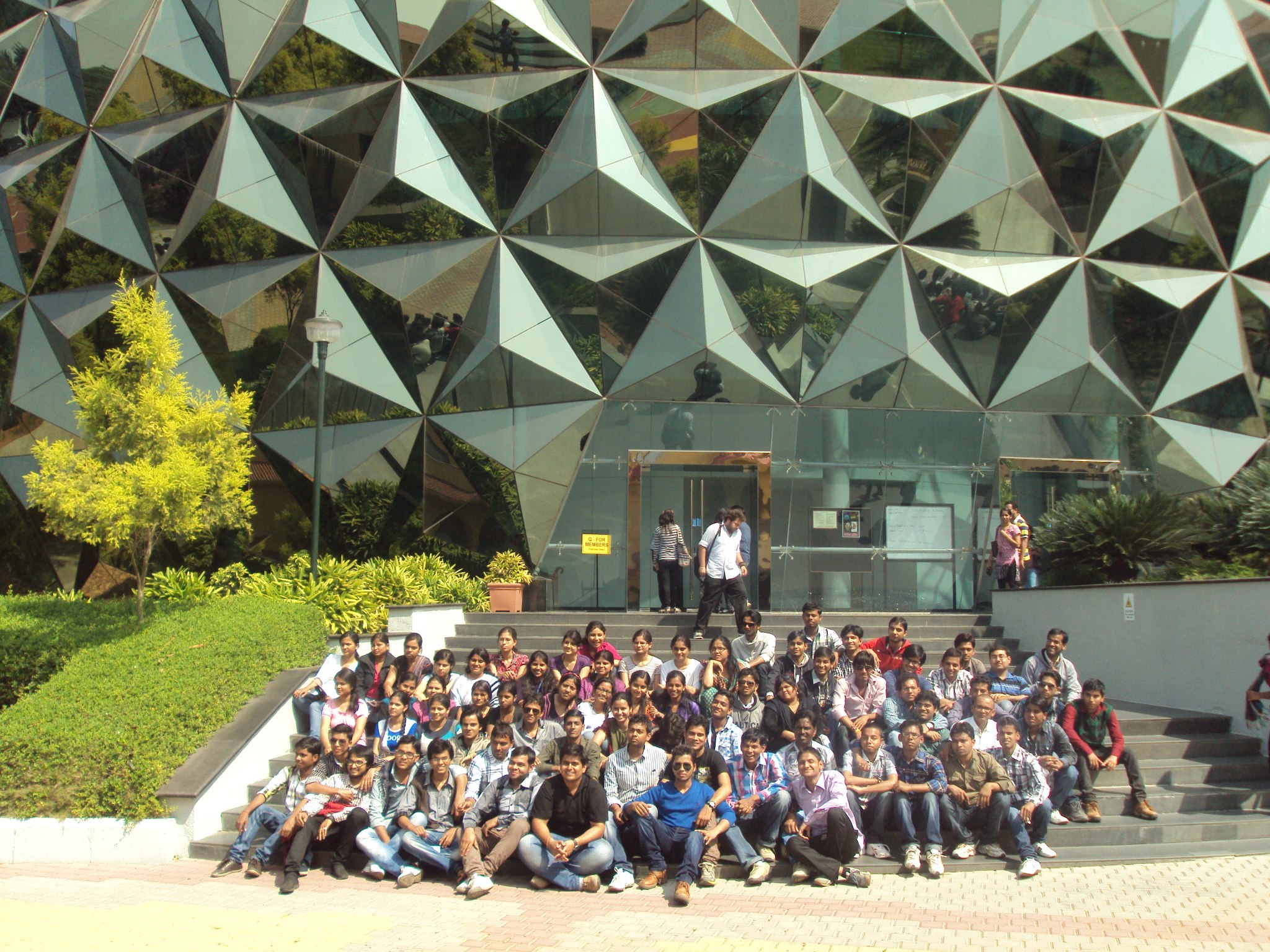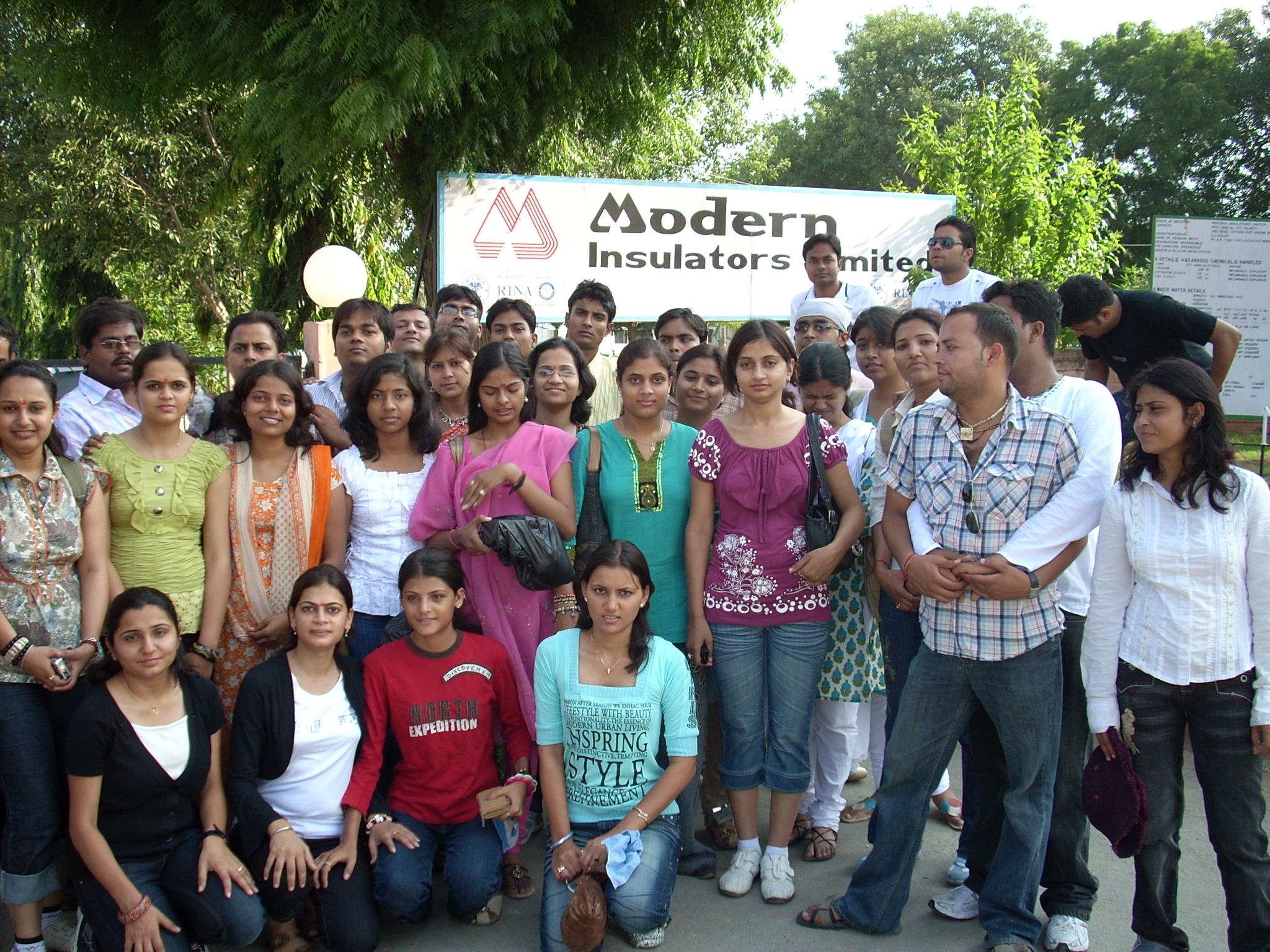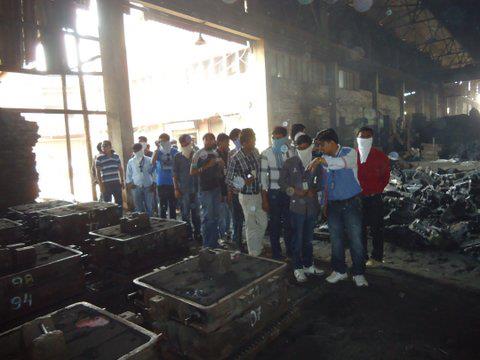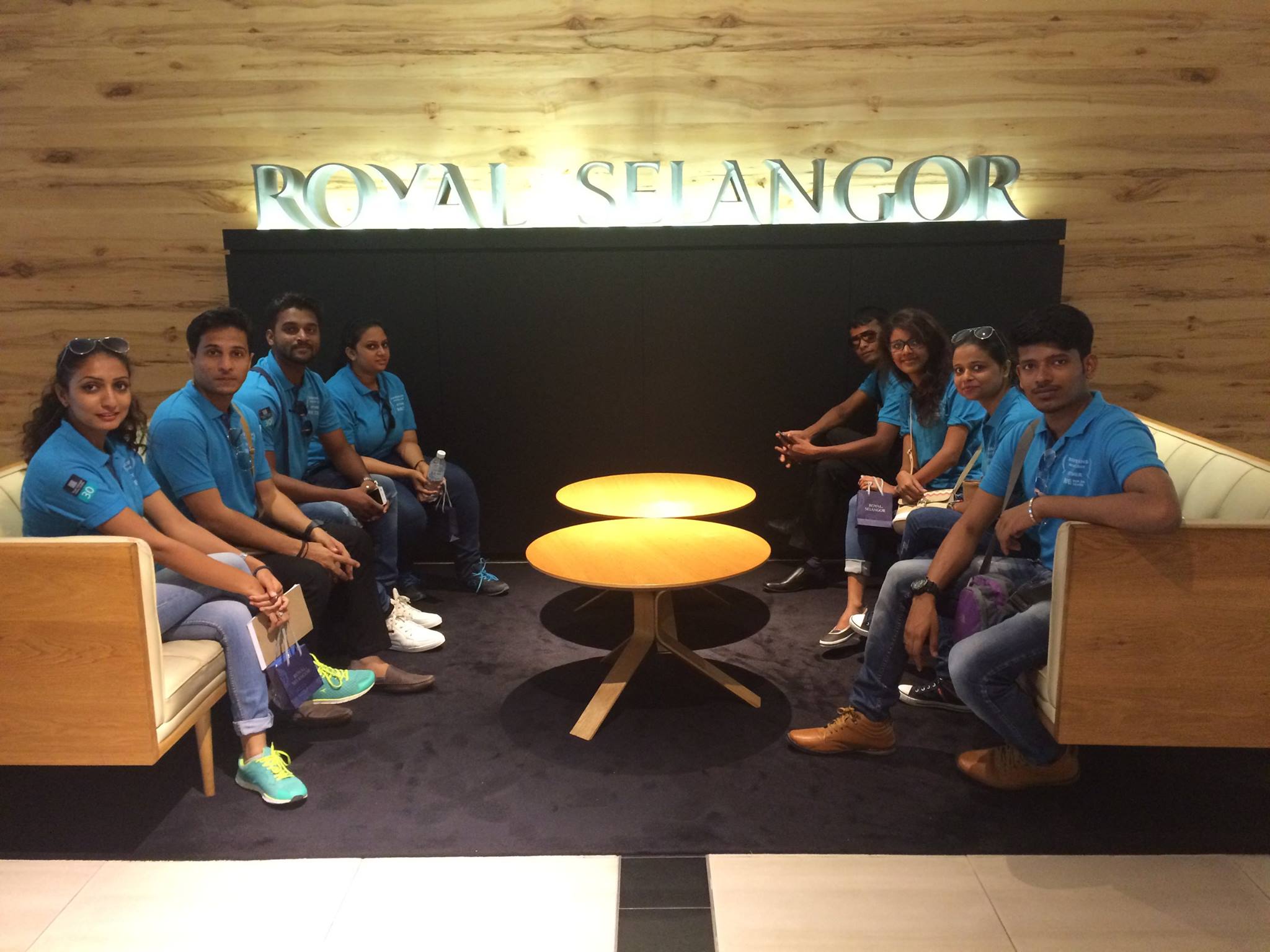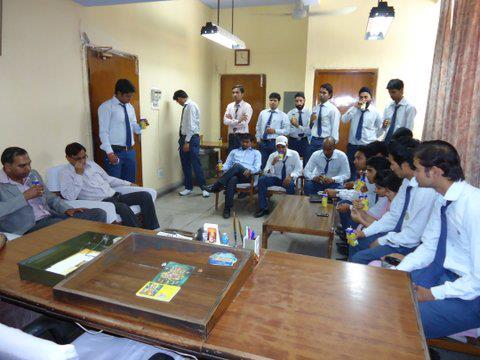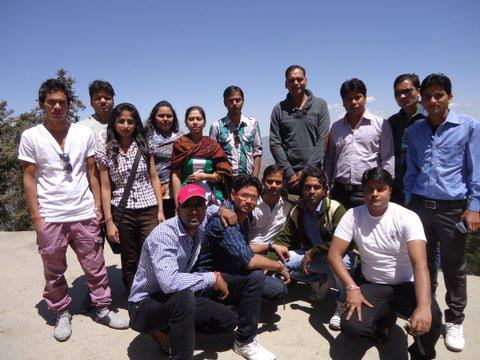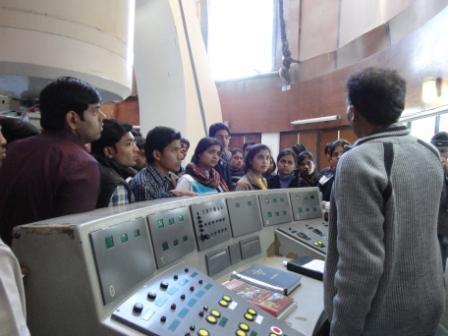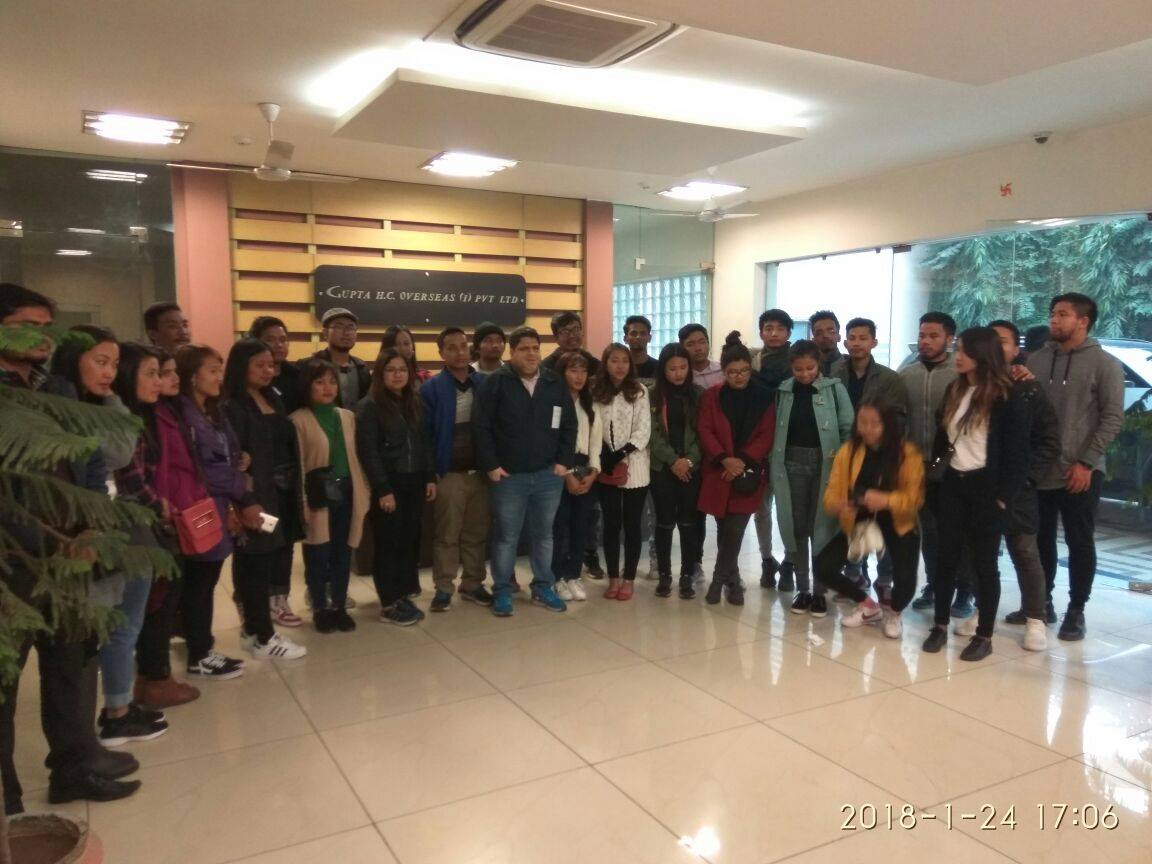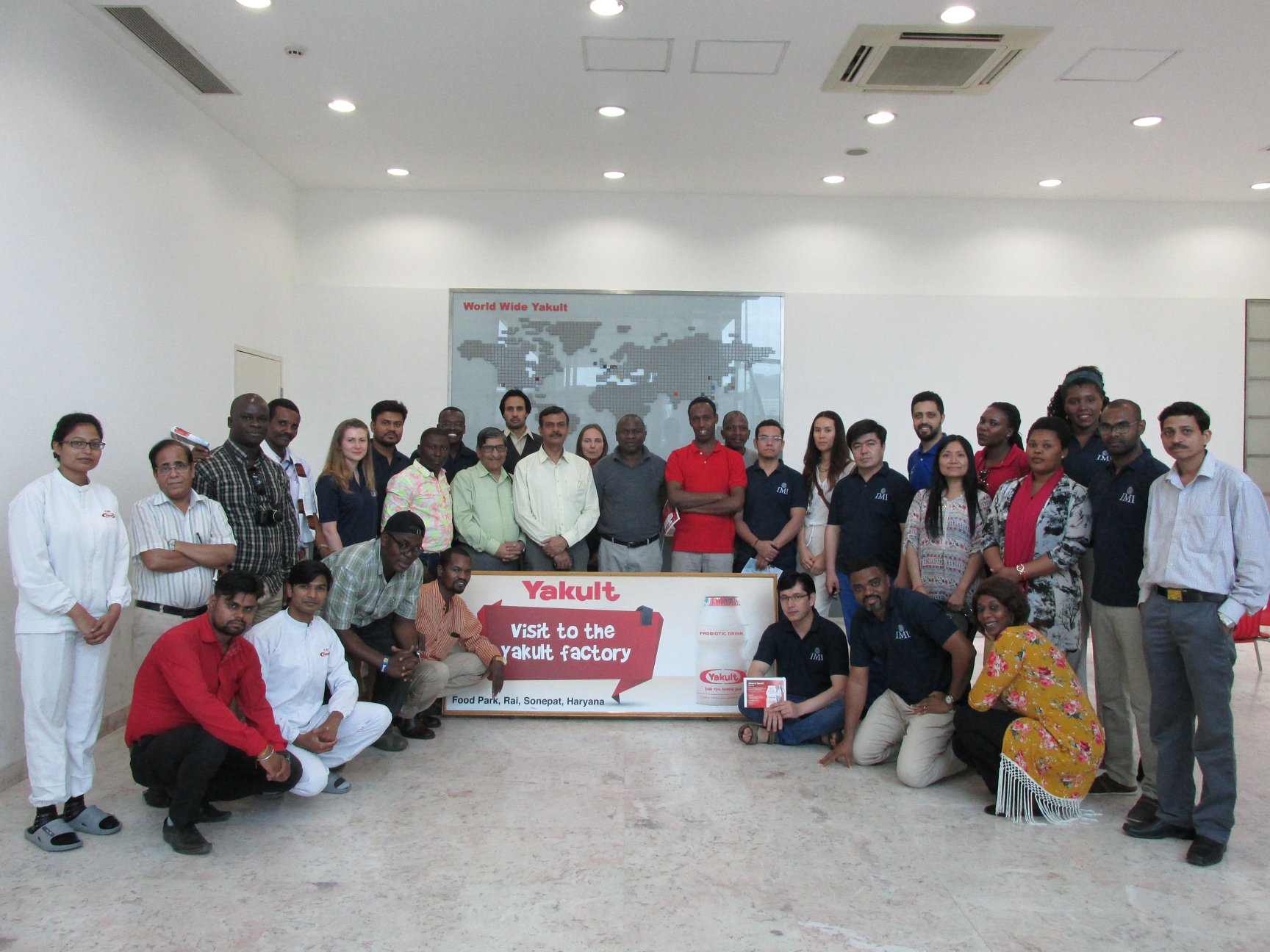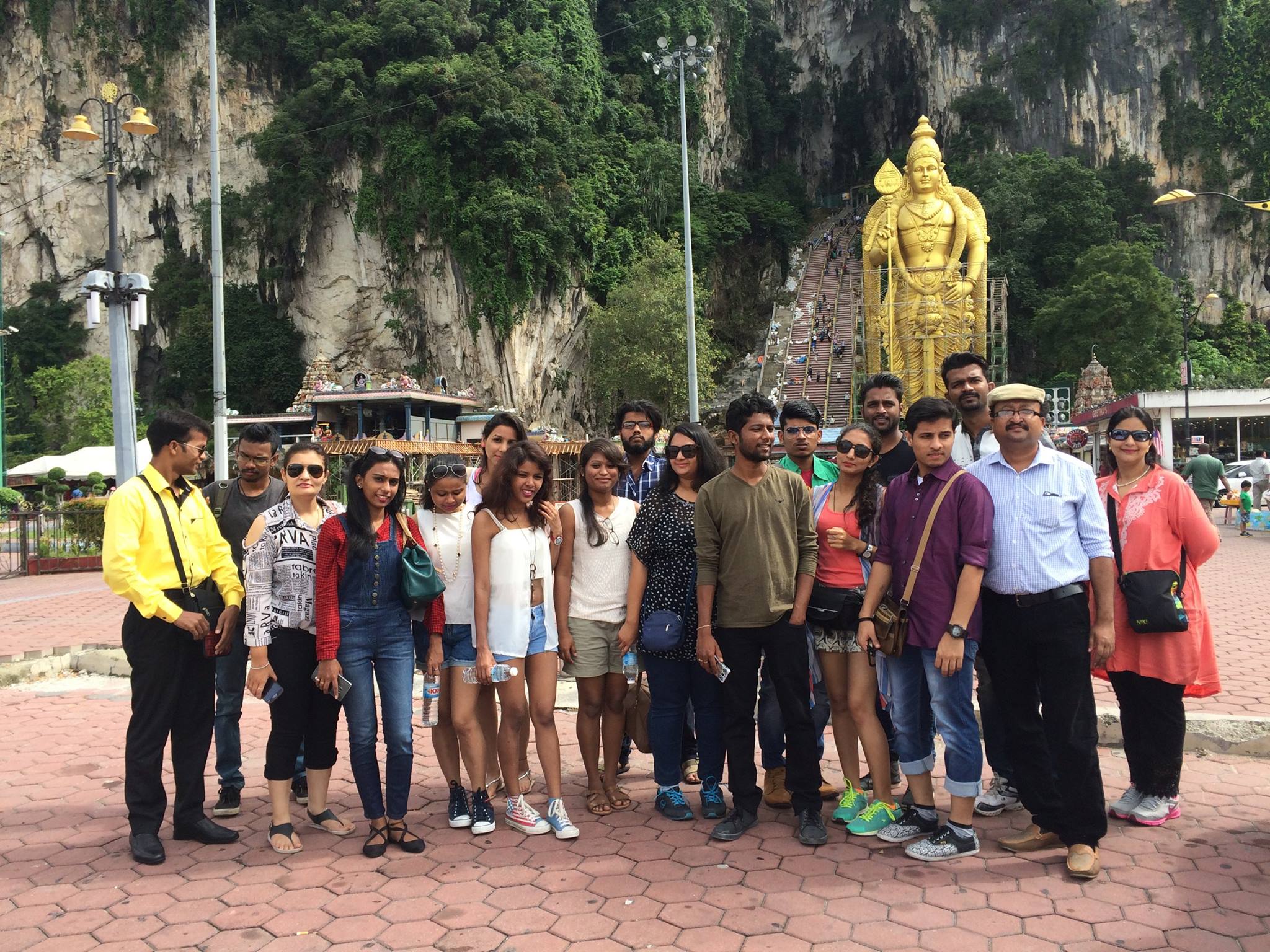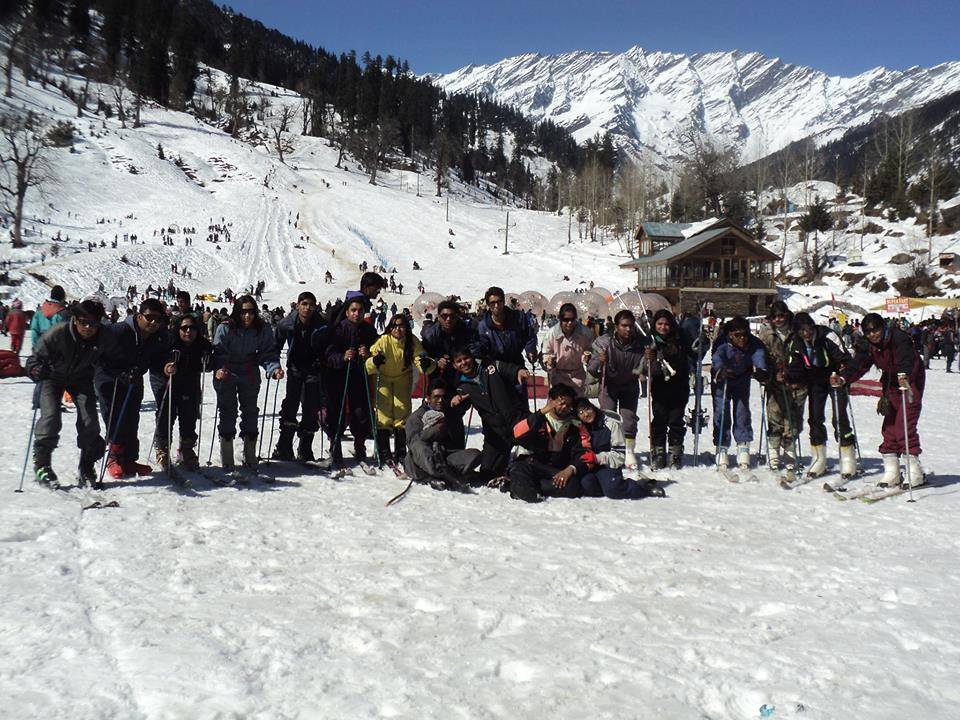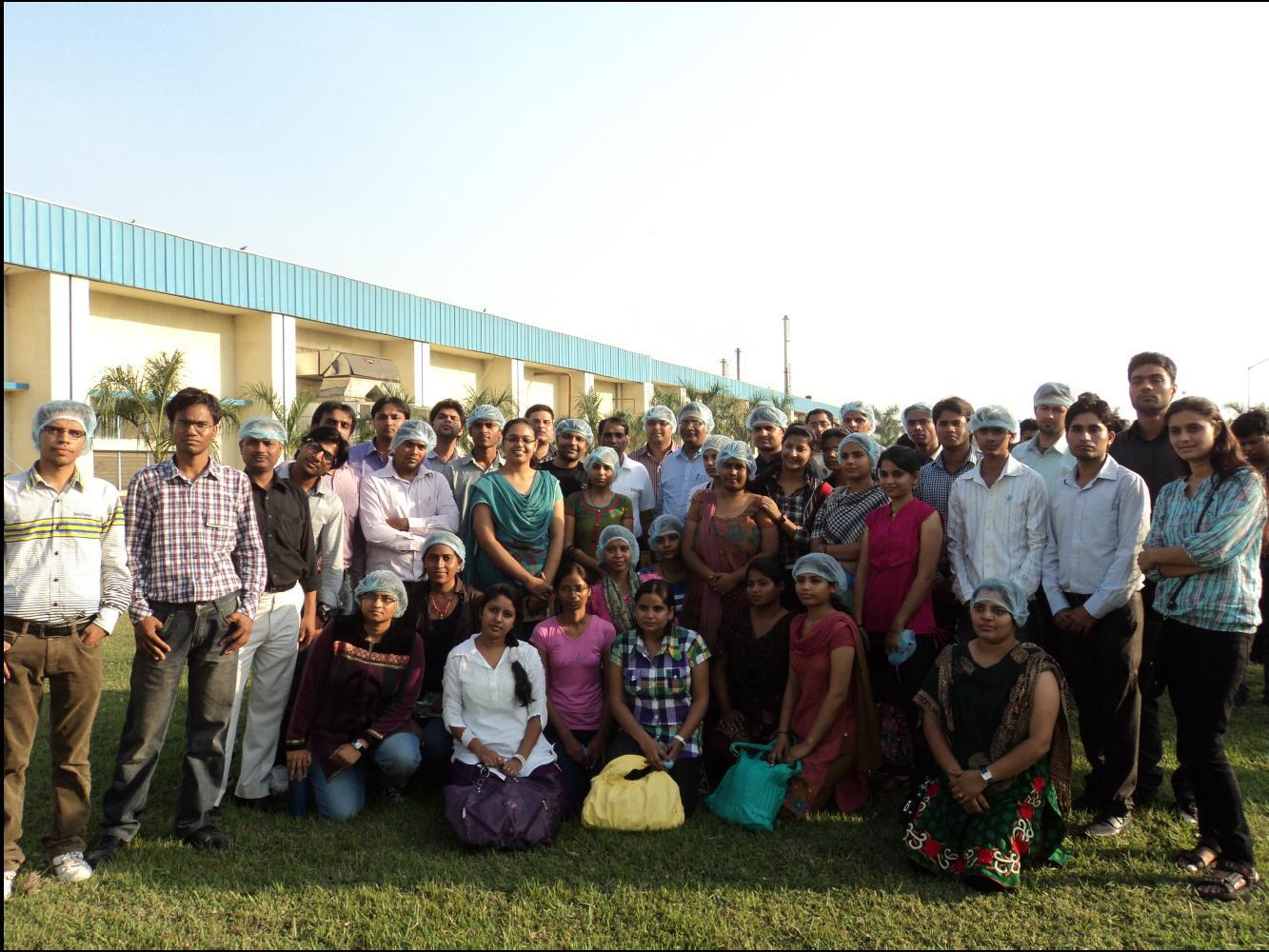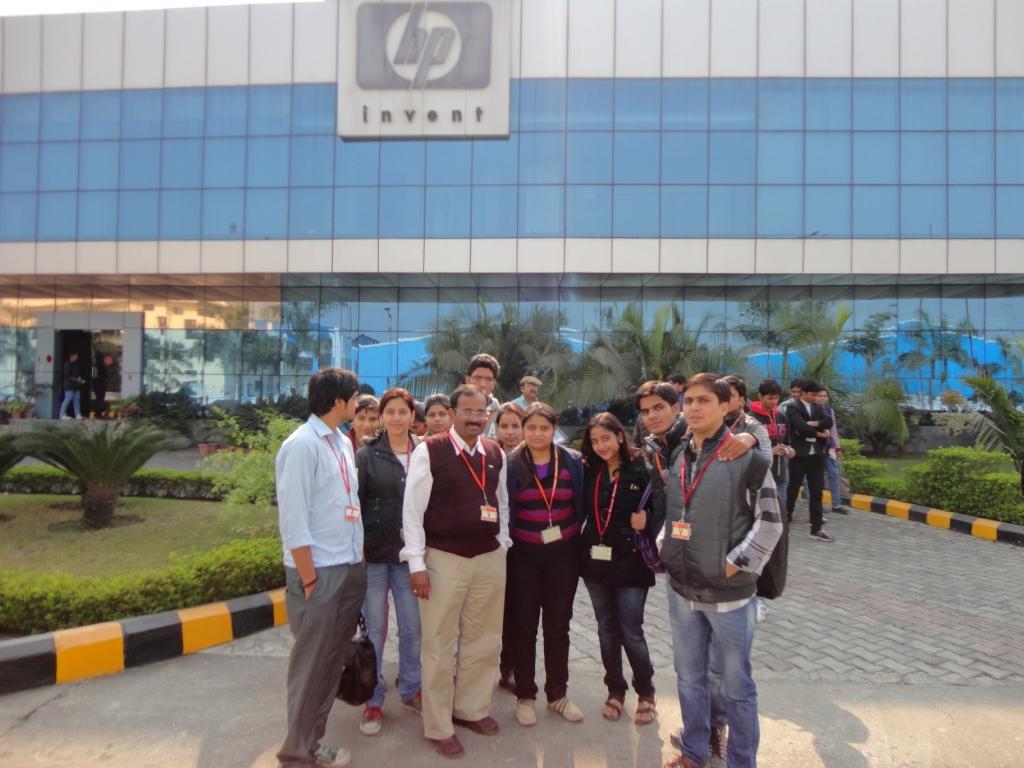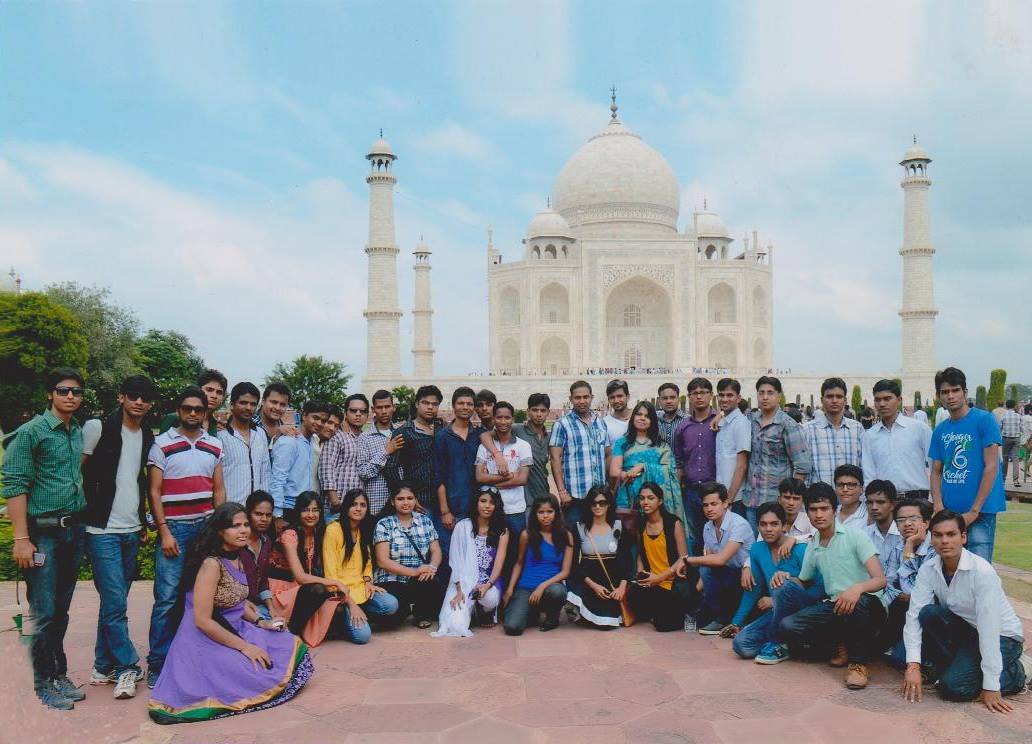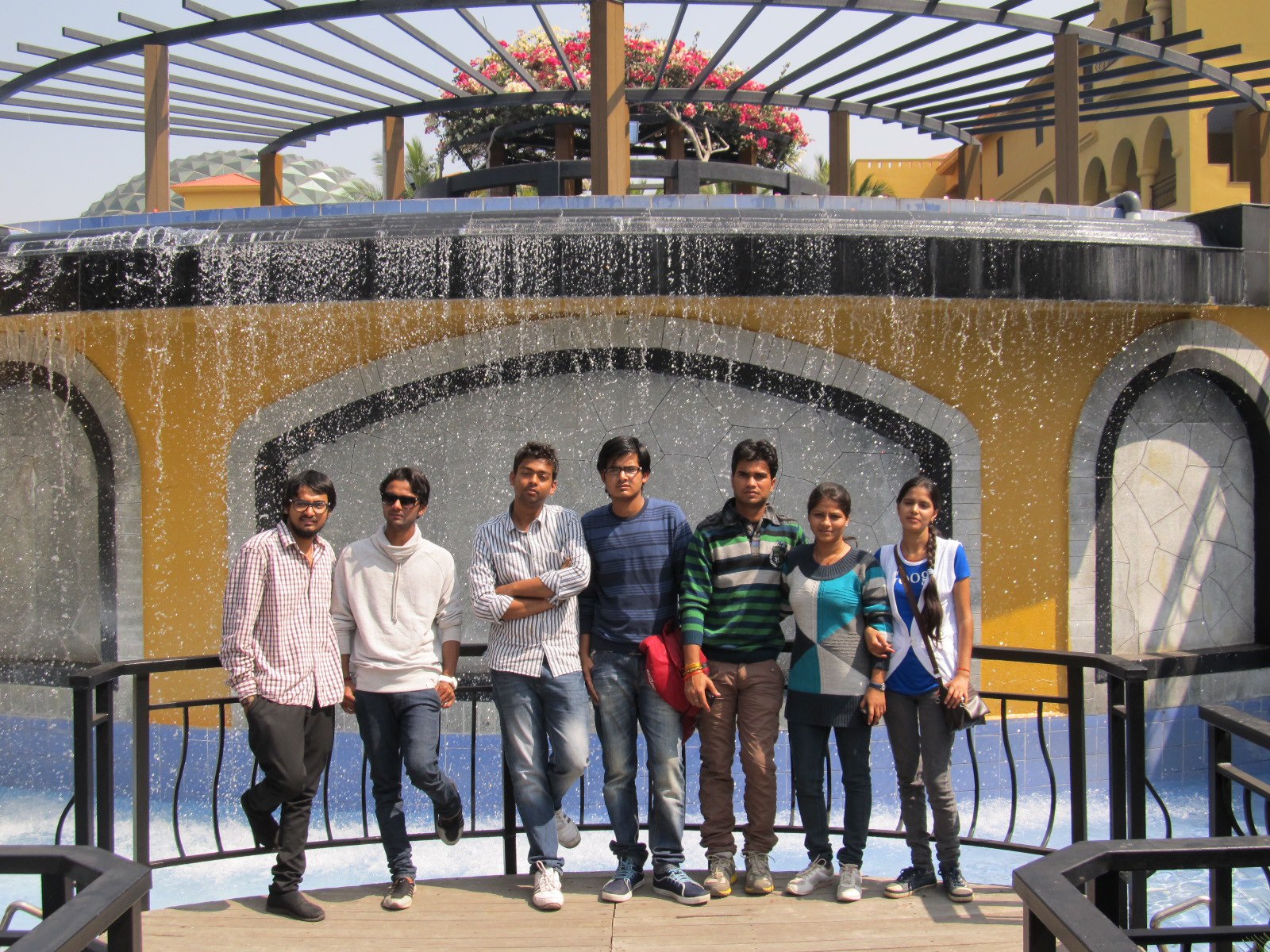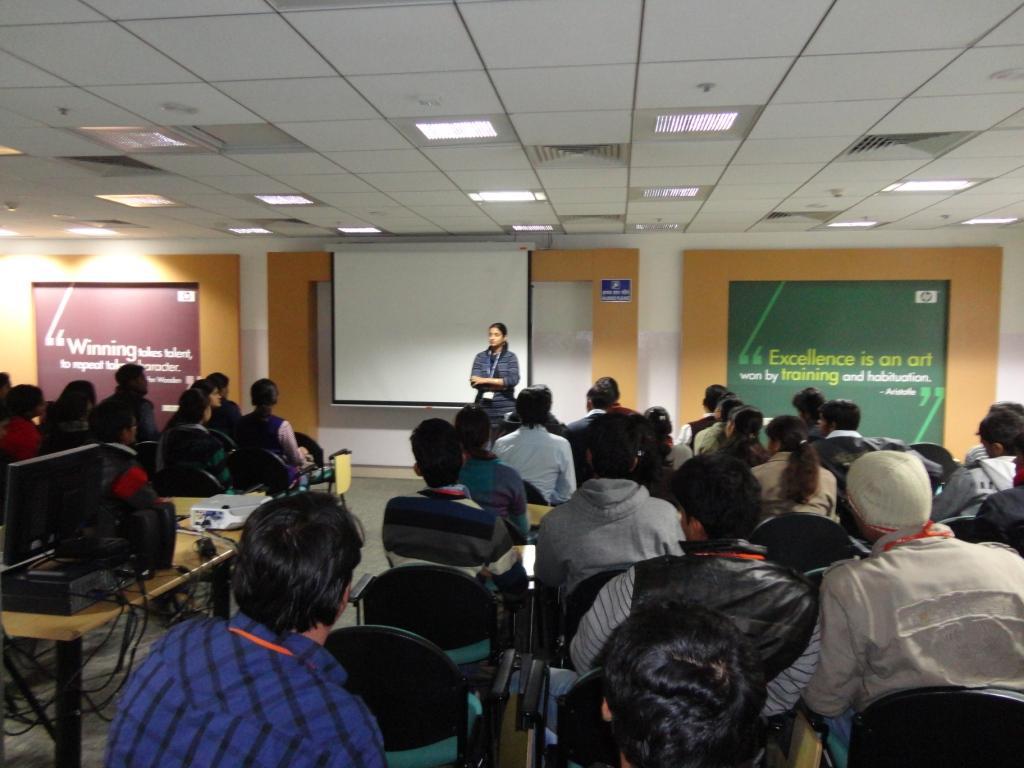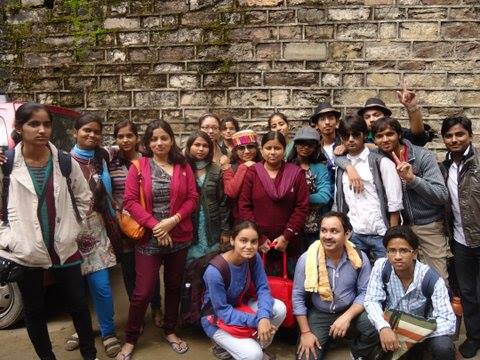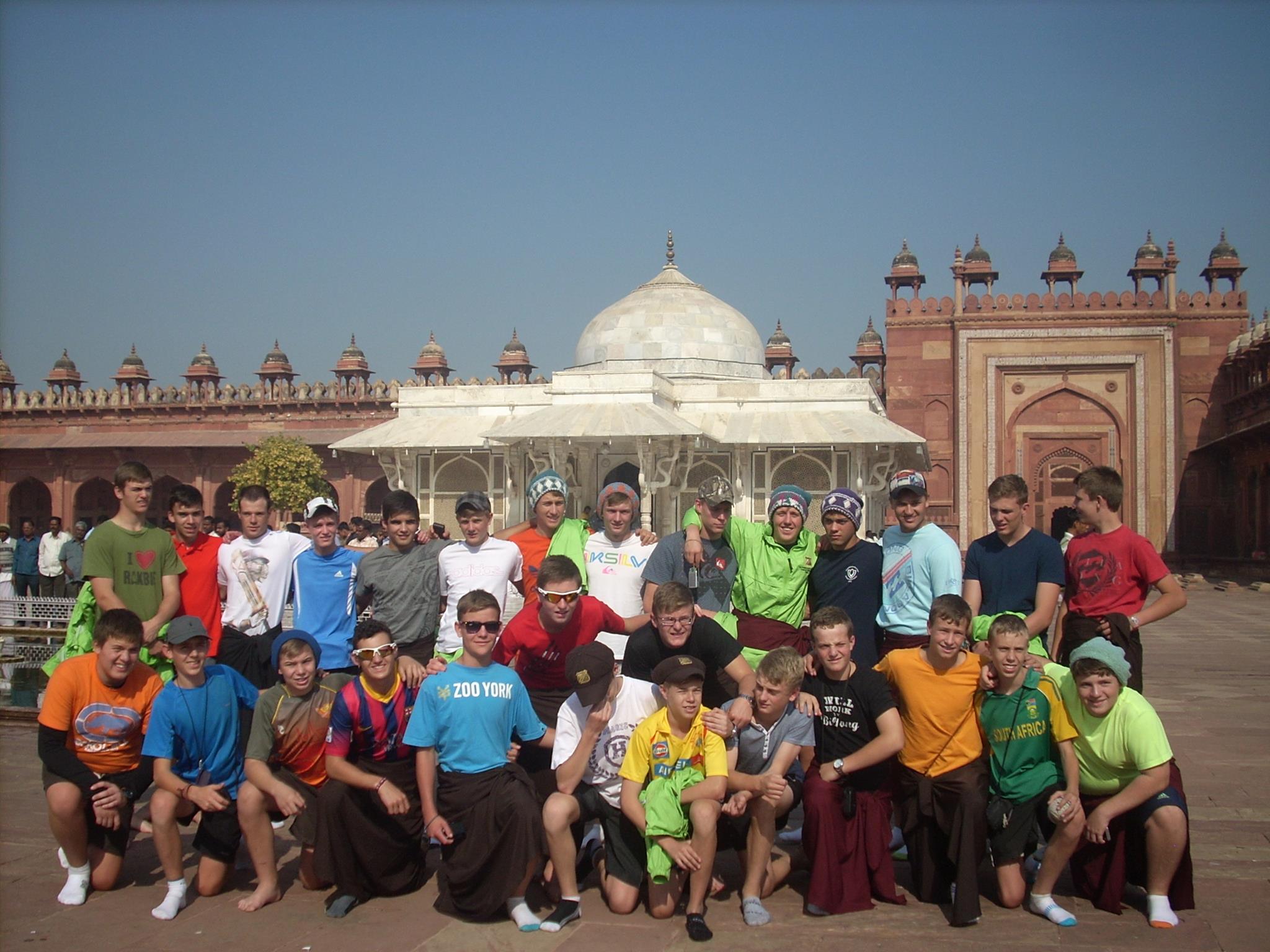Dehradun, the capital city of Uttarakhand, is emerging as an industrial hub in North India. The city has a diverse range of industries, including pharmaceuticals, textiles, food processing, automotive, IT, and hospitality. The state government has also taken several initiatives to promote industrial growth in Dehradun and has set up industrial estates and parks to provide infrastructure facilities to industries.
Some of the prominent industrial areas in Dehradun include:
Selaqui Industrial Area: This industrial area is located on the outskirts of Dehradun and is spread over an area of 2,500 acres. It is a hub for pharmaceuticals, textiles, and food processing industries. Some of the major companies located in Selaqui Industrial Area include Jubilant Life Sciences, Mankind Pharma, and Amul.
State Industrial Development Corporation of Uttarakhand (SIDCUL) Industrial Area: This industrial area is spread over 480 acres and is located on the Dehradun-Haridwar highway. It is a hub for automotive and engineering industries. Some of the major companies located in SIDCUL Industrial Area include Mahindra & Mahindra, Hero MotoCorp, and Bajaj Auto.
Doon Valley Industrial Estate: This industrial estate is located in the heart of Dehradun and is a hub for small and medium-scale industries. Some of the major industries located in Doon Valley Industrial Estate include paper mills, printing presses, and packaging industries.
Apart from these, there are several other industrial areas and parks in Dehradun, such as Bhagwanpur Industrial Estate, Harrawala Industrial Estate, and IT Park Dehradun, which are promoting the growth of industries in the city. The government is also promoting the establishment of new industries in the region by offering various incentives and subsidies to investors.
here are a few more companies in Dehradun along with their websites:
- Indian Railways: https://indianrailways.gov.in/
- Bharat Heavy Electricals Limited (BHEL): https://www.bhel.com/
- Central Building Research Institute (CBRI): https://www.cbri.res.in/
- Uttarakhand Jal Vidyut Nigam Limited (UJVNL): http://www.uttarakhandjalvidyut.com/
- Uttarakhand Renewable Energy Development Agency (UREDA): https://www.ureda.uk.gov.in/
- Uttaranchal Power Corporation Limited (UPCL): http://www.upcl.org/
- SRF Limited: https://www.srf.com/
- Nestle India Limited: https://www.nestle.in/
- Patanjali Ayurved Limited: https://www.patanjaliayurved.net/
- Defence Research and Development Organisation (DRDO): https://www.drdo.gov.in/
Please note that this is not an exhaustive list and there may be other companies operating in Dehradun that could also be of interest to visitors on an industrial tour
If you are planning a trip to Dehradun, here is some general travel information that may be useful:
Getting There: Dehradun is well-connected by air, rail, and road. The nearest airport is Jolly Grant Airport, which is around 20 kilometers from the city center. The city is also well-connected by rail, with Dehradun Railway Station being a major railway station in the region. You can also take buses or taxis from nearby cities such as Delhi or Haridwar to reach Dehradun.
Accommodation: Dehradun has a variety of accommodation options, ranging from budget to luxury hotels, resorts, and guesthouses. Some popular areas to stay in Dehradun include Rajpur Road, Clock Tower, and Mussoorie Road.
Local Transport: You can hire taxis or autos to travel within the city. Buses and shared taxis are also available for traveling to nearby tourist destinations.
Climate: Dehradun has a subtropical climate, with hot summers and cool winters. The best time to visit Dehradun is from March to June and from September to November, when the weather is pleasant and the city is green and beautiful.
Places to Visit: Dehradun has several tourist attractions, such as the Robber's Cave, Tapkeshwar Temple, Mindrolling Monastery, and Rajaji National Park. The city is also a good base to explore nearby hill stations like Mussoorie and Dhanaulti.
Food: Dehradun has a diverse culinary scene, with local specialties such as Garhwali cuisine, Tibetan food, and street food. Some popular dishes to try in Dehradun include momos, thukpa, aloo ke gutke, and kandalee ka saag.
Culture and Language: The official language of Dehradun is Hindi, but English is also widely spoken and understood. The local dialect spoken in the city is Garhwali. The city has a rich cultural heritage, with several festivals and fairs celebrated throughout the year.
